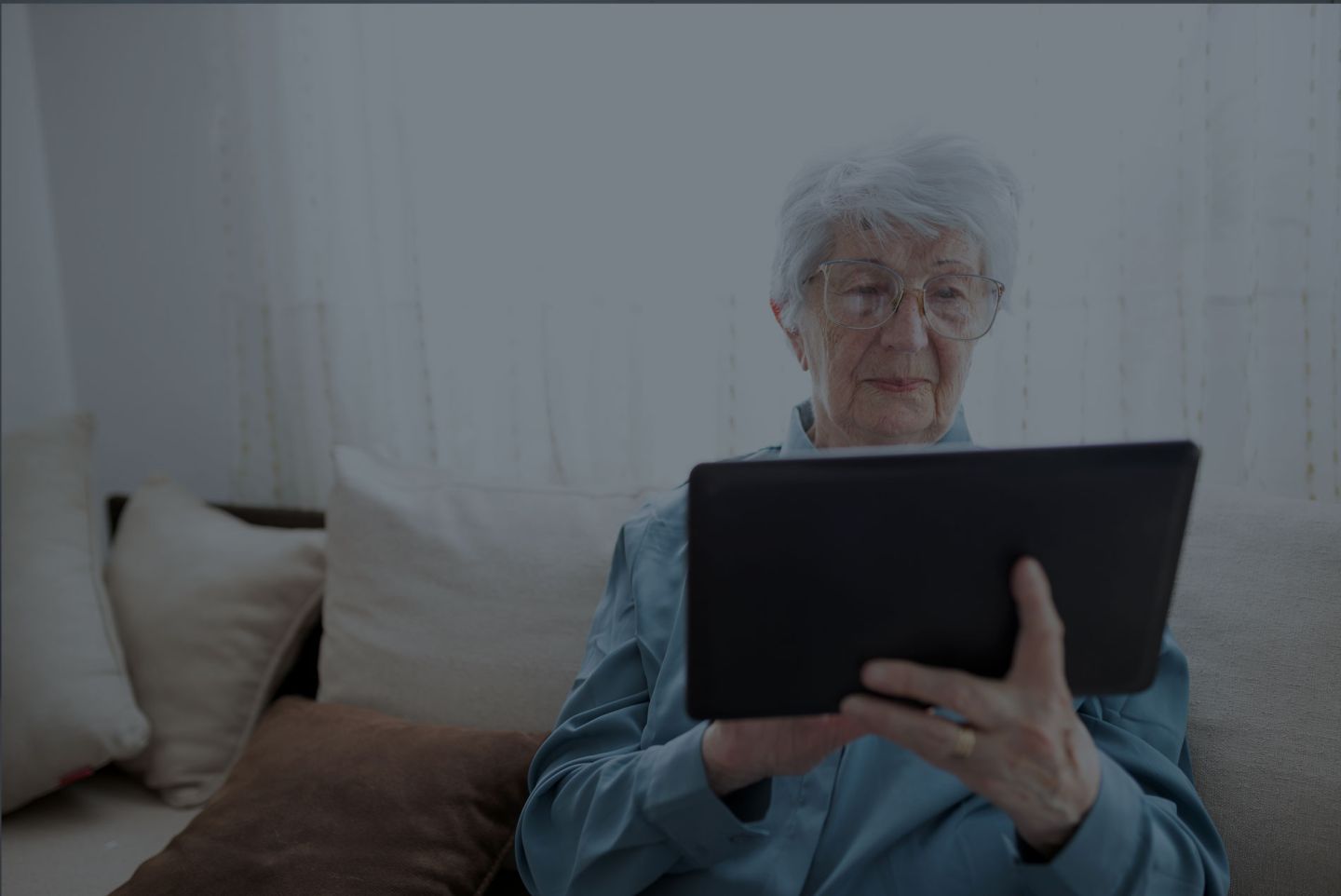When the COVID-19 pandemic hit, it seemed like everything shifted online. Work, school, grocery shopping, happy hour, and even healthcare went virtual. While telehealth already existed at this point, lockdowns and social distancing spurred its wide-spread adoption almost overnight.
Telehealth visits peaked in April 2020, about a month into pandemic. Since then, usage across specialties has stabilized at around 13-17%, according to a study done by McKinsey. This new average is 38 times higher than pre-pandemic levels.
As the Baby Boomer generation ages and demand for senior healthcare grows, telehealth is an intriguing option for meeting healthcare needs. But are Baby Boomers adopting telehealth at the same rate as other consumers? Let’s take a closer look at telehealth usage trends in the United States.
What is Telehealth?
The United States Department of Health and Human Services defines telehealth as using technology to receive medical care when you and your doctor aren’t in the same place at the same time. In addition to virtual appointments, this includes the use of apps, wearables—like Apple Watches or Fitbits, and patient portals to access electronic records.
While many of these were already on the rise before the pandemic, virtual visits are what most people imagine when they think of telehealth. Appointments like these make the most sense for medical needs that don’t require a physical exam or testing, such as follow-ups, medication or chronic disease management, mental and behavioral health, primary care, and addiction treatment, among others.
Many telehealth options that Medicare recipients rely on now were not an option pre-pandemic because coverage was limited to those living in rural areas, according the Kaiser Family Foundation. Now, thanks to regulatory changes, 92% of clinicians have recommended telehealth options to patients of all ages and needs.
Baby Boomers and Telehealth
Before the pandemic, only 1 in 5 Medicare recipients reported that their usual provider offered telehealth appointments. Now, that number is up to almost 2 in 3, or 33.6 million people. But even though that many people reported having the option, only about half said they had actually had a telehealth appointment with their provider between the summer and fall of 2020.
For the patients who took advantage of virtual options, 56% said they used a telephone only, while 28% said they used video. Along with general technical difficulties, the fact that nearly 22 million American seniors don’t have consistent Internet access at home might be why there’s such a strong preference for telehealth via telephone.
Generational Divide
Even though millions of Baby Boomers are using telehealth for a variety of needs, 70% prefer to attend in-person appointments for primary care appointments. This is drastically different than younger generations. In comparison, only 47% of Gen X, 45% of Millennials, and 34% of Gen Z prefers in-person appointments for primary care.
The same pattern is also present for specialty care. Only 15% of Boomers prefer virtual appointments with specialists, compared to 41% of Gen X, 48% of Millennials, and 67% of Gen Z.
On top of the convenience factor, the types of specialists that younger patients see tend to lend themselves better to virtual appointments. For example, seeing a dermatologist to treat acne is relatively simple to do virtually, while seeing an ophthalmologist to treat glaucoma or macular degeneration is not.
The Bottom Line
While telehealth has expanded in both popularity and accessibility, brick-and-mortar doctors’ offices aren’t going anywhere just yet, especially not for specialty clinics. The aging Baby Boomer generation has been slower to adopt virtual visits than many younger consumers, which means in-person care will remain a critical component of the senior care system for now.
That being said, it’s important for health systems and clinics to incorporate telehealth options into their long-term plans. As consumer preferences continue evolving and older consumers become more comfortable using virtual visits, telehealth can enhance healthcare access for all generations.
Interested in learning more about best practices for growing your in-person senior care clinics? Check out our blog on senior care clinics to read up on what you need to know before opening one.


